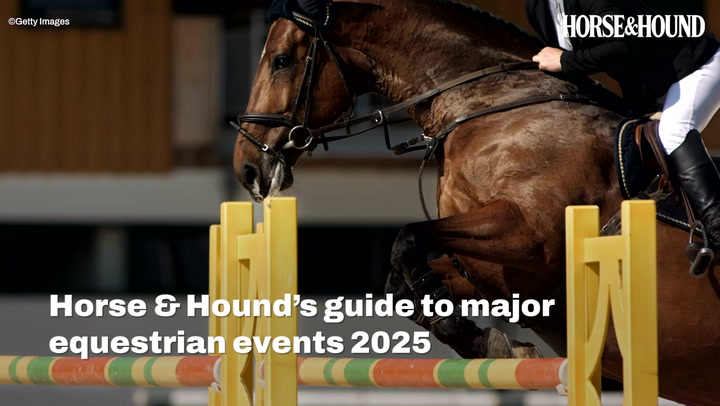At last weekend's British Dressage national convention at Hartpury College (19-20 November), Gareth Hughes gave his expert advice on perfecting simple and flying changes. Here's what we learnt...
1. Simple changes don’t scare people. Flying changes however… a different matter.
2. The changes are all about the canter and your ability to adjust and balance it.
3. Simple changes: your expectation should be dictated by the horse’s ability to collect. Start with gear changes in the canter, then ride walk canter, canter walk. T create the collection, into the downwards transition, ask for walk with the hand and canter with the leg.
4. If a young horse reacts and makes a mistake, don’t punish him. He’s offered a reaction and that’s what we want. Are you finding that he’s late behind as a five-year-old? Don’t panic. But what it does tell you is that he needs to be more forward in the collection, so isn’t yet ready to do more changes. It tells us that the canter isn’t quite finished enough for us to keep asking for changes.
5. Don’t panic if things aren’t perfect.
6. When riding a young horse with a good basic canter just ask for a flying change and see what happens. This isn’t training the changes, it’s just checking the horse’s reaction to add to your knowledge about him. Do they go up, do they go flat or do they buck you clean off? Watch out, as that can happen!
7. All else being well, focus on the changes in the horse’s six-year-old year as that’s when they have the balance and engagement required and you have enough influence over them to tell them what’s right and what’s wrong.
8. Young horses must accept the inside leg as there’s nothing worse than being in a test and thinking, ‘I’m fine as long as I don’t touch the horse with my leg’. The more knowledge you can put into them, the more control you’ll have.
9. One of your most useful tools is patience, but you have to be pro-active at the same time. For example, if a horse is tense in the walk in the simple change, then don’t pick up the canter again until they have accepted the inside leg and are offering a good, relaxed walk.
Like this? You might also enjoy reading these:
9 dressage questions you’ve been meaning to ask your trainer
10 training tips that top riders swear by
10. As soon as you find that the changes over-ride your control of the canter, stop doing them and go back to training and improving the basic canter.
11. There’s one thing you can never do enough of: transitions.
12. If a horse gets strong or anticipates, try riding the changes out of counter canter on the diagonal and landing in counter-canter. The horse doesn’t expect it, so you should have more control.





